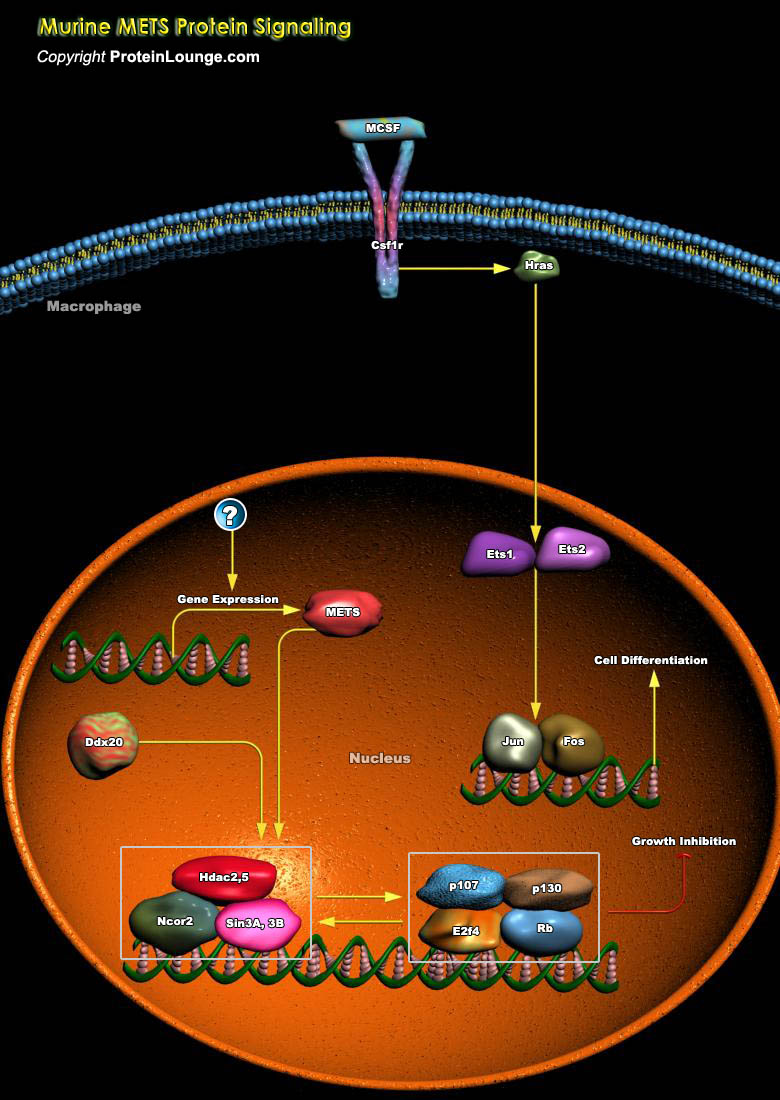
The macrophage differentiation system in mouse establishes the fact that, the macrophages stop proliferate during the process of cell differentiation. Induction of METS (Mitogenic Ets Transcriptional Suppressor METS) otherwise known as Ets (E26 Avian Leukemia Oncogene) repressor, leads to terminal differentiation and cell cycle arrest. Inside macrophages, METS blocks HRas1 (Harvey Rat Sarcoma Virus Oncogene-1)-dependent proliferation without inhibiting HRas1-dependent expression of cell type-specific genes by selectively replacing Ets activators on the promoters of cell cycle control genes. Anti-proliferative effects of METS require its interaction with Ddx20 (DEAD (Asp-Glu-Ala-Asp) Box Polypeptide-20) that assembles a novel co-repressor complex (Ref.1 and 2). The[..]
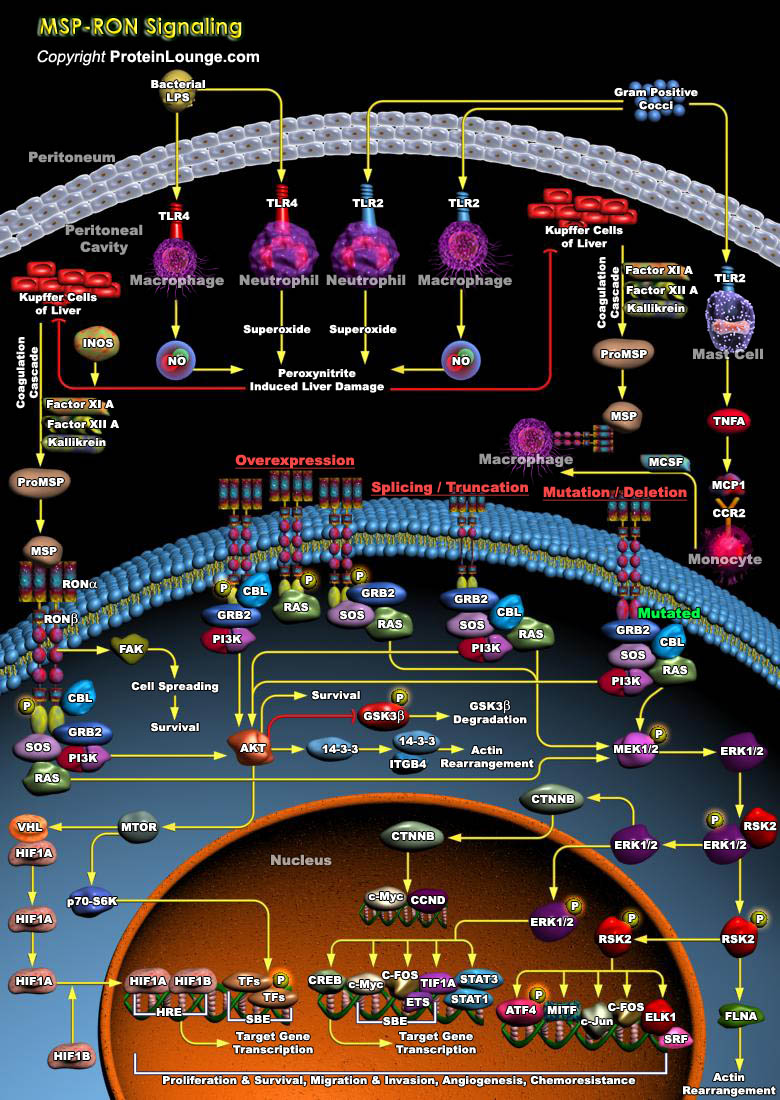
MSP (Macrophage-Stimulating Protein) also known as HGFL (Hepatocyte Growth Factor–Like Protein,) is a plasminogen-like growth factor that mediates its biological activities by activating the receptor tyrosine kinase RON also known as MSTR1, (Macrophage Stimulating Receptor-1), a member of the MET proto-oncogene family . The alpha-chain of MSP consists of an N-terminal PAN module followed by four kringle domains and is disulfide linked to the trypsin-like beta-chain. This protein is secreted as an inactive single-chain precursor pro-MSP, which requires proteolytic cleavage at the Ser-Lys-Leu-Arg483, Val484 bond to attain functional activity. MSP is constitutively expressed by hepatic parenchymal cells, as well as in lungs, adrenal glands, placenta,[..]
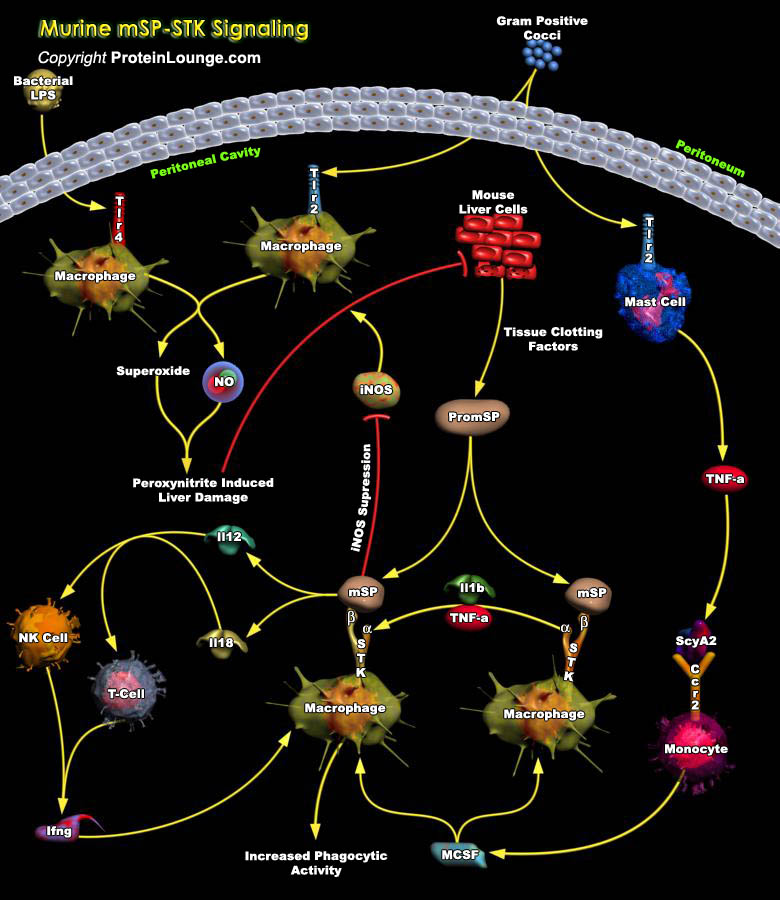
Immune and inflammatory responses are rightly regulated to maintain a homoeostatic balance between an effective immune response and tissue damage to the host. Nitric Oxide is the principal mediator of many of the cytokine-inducible macrophage activities during a normal cell-mediated immune response. STK (Stem Cell-Derived Tyrosine Kinase), the murine homolog of the human RON (RON Protein Tyrosine Kinase/ Receptor d’origine nantais), is expressed on murine resident peritoneal macrophages. The ligand for STK, MSP (Macrophage Stimulating Protein), is a serum protein that is activated by members of the Coagulation Cascade (Tissue Clotting Factors) in response to tissue damage. MSP has an inhibitory effect on the production of Nitric Oxide by activated peritoneal[..]
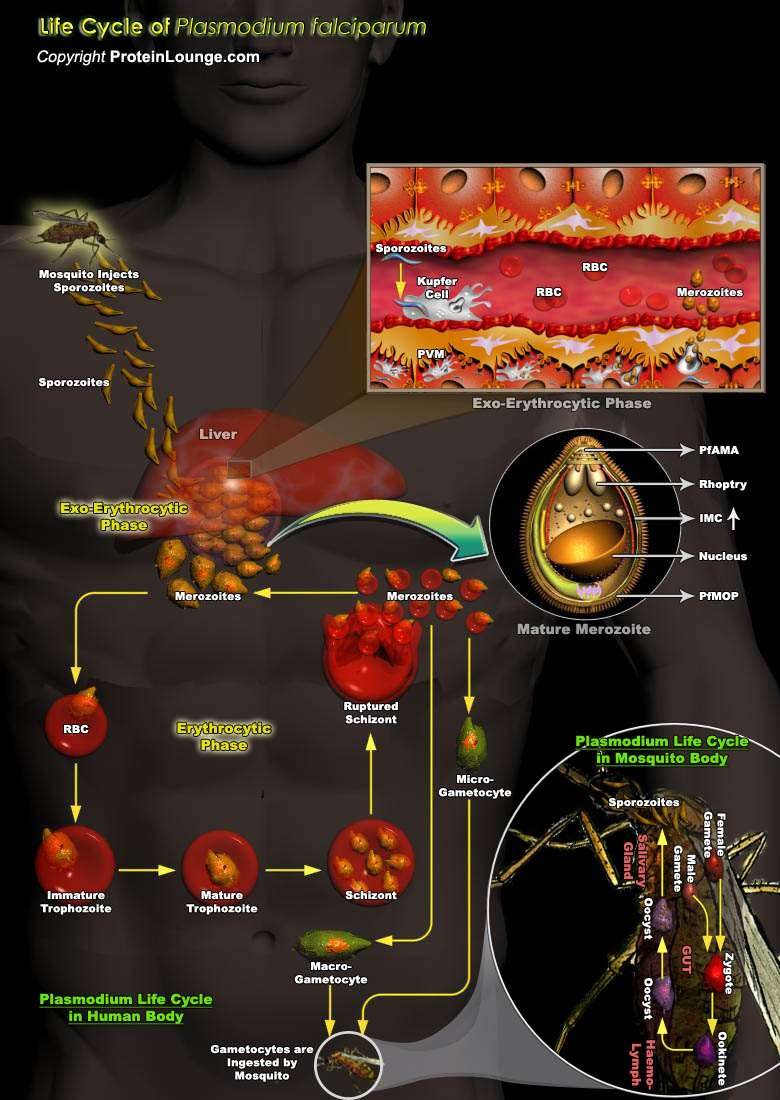
Malaria is the world's largest parasitic disease, killing more people than any other communicable disease except Tuberculosis. Malaria is a major public health problem in more than 100 countries, inhabited by a total of some 2.4 billion people, or close to half of the world's population. Each year, 300–500 million people contract malaria and about 3 million die, most of which are children under five years old. In absolute numbers, malaria kills 3,000 children per day under the age of five. The total number of deaths readily exceeds that from AIDS. Human malaria is caused by infection with intracellular protozoan parasites of the genus Plasmodium that are transmitted by Anopheles mosquitoes. Four species of Plasmodium infect humans: P. falciparum, P.[..]
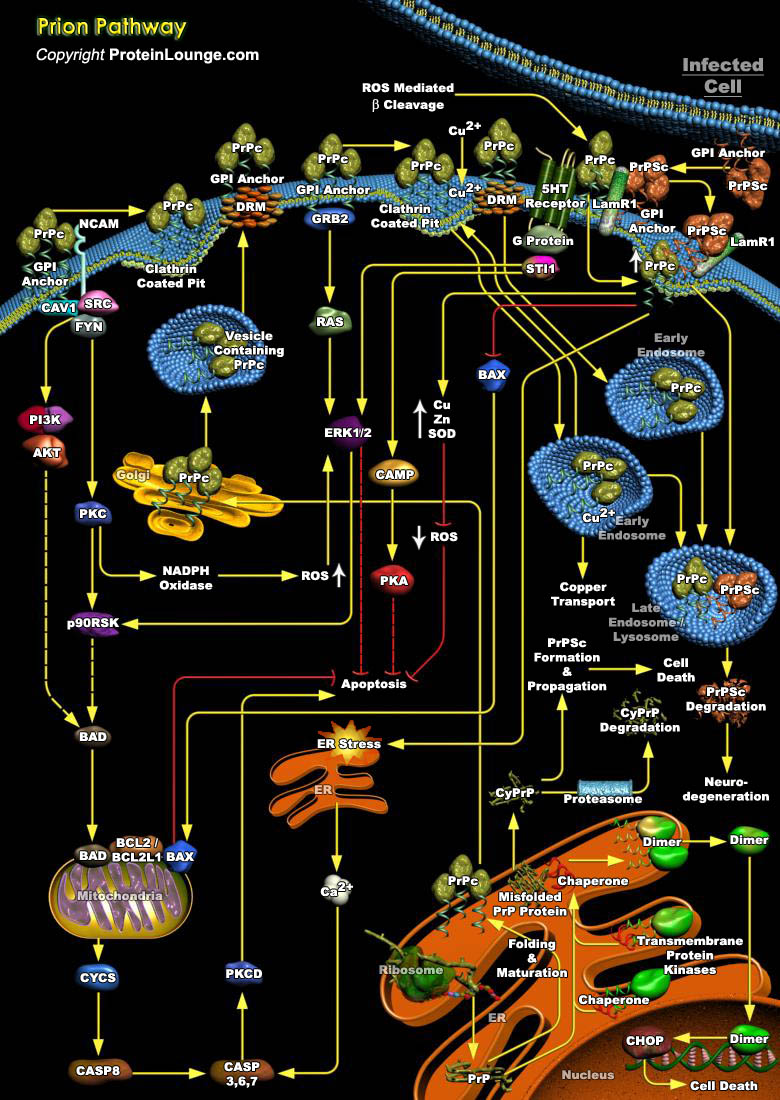
Prion diseases or transmissible spongiform encephalopathies (TSEs) are fatal neurodegenerative disorders affecting humans and animals. Human TSEs are often categorized with other protein misfolding neurodegenerative diseases, including Alzheimer’s disease (AD), Parkinson’s disease, Huntington’s disease, fronto-temporal dementia and amyotrophic lateral sclerosis. The mechanism of disease propagation is well understood and involves the conformational conversion of a normal cell-surface protein (PrPc) into a protease-resistant, Beta-sheet-rich form (PrPSc) that is infectious in the absence of nucleic acid. However, some forms of spongiform encephalopathies are commonly associated with inherited mutations at the PrPc coding gene (PrnP), particularly[..]
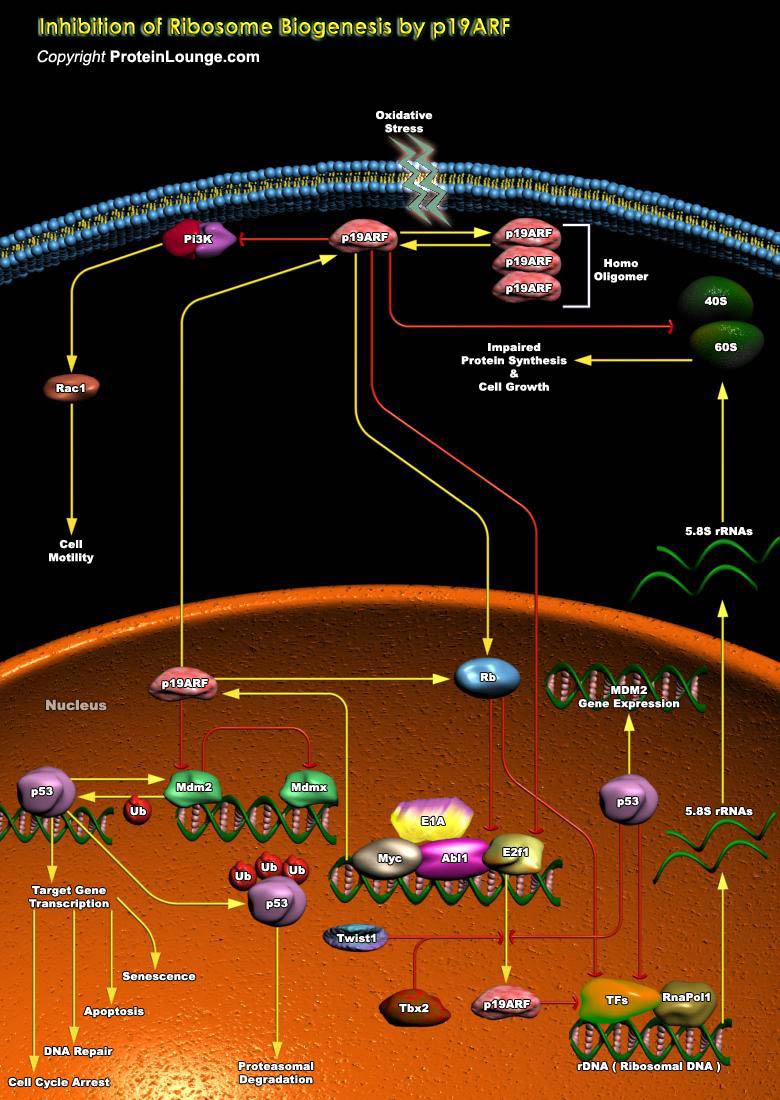
CDKN2A (Cyclin Dependent Kinase Inhibitor-2A), which is also referred to as p16(INK4A) encodes ARFs (Alternative Reading Frames), or transcript variants. In mice the p16(INK4A) encodes a transcript variant known as p19(ARF), whereas in humans it encodes p14(ARF).p19(ARF) is a key component of a major human tumor suppressor pathway that is responsible for arresting cell-cycle progression and inducing cell death in response to DNA damage and oncogenic stress. It plays an important role as an inhibitor of the MDM2-mediated degradation of p53. p19(ARF) activity is linked to its oligomerization and is sensitive to the redox status of the cell. Oxidative stress affects p19(ARF) oligomerization. Tumor promotion is associated with an altered redox status, and it is known that[..]
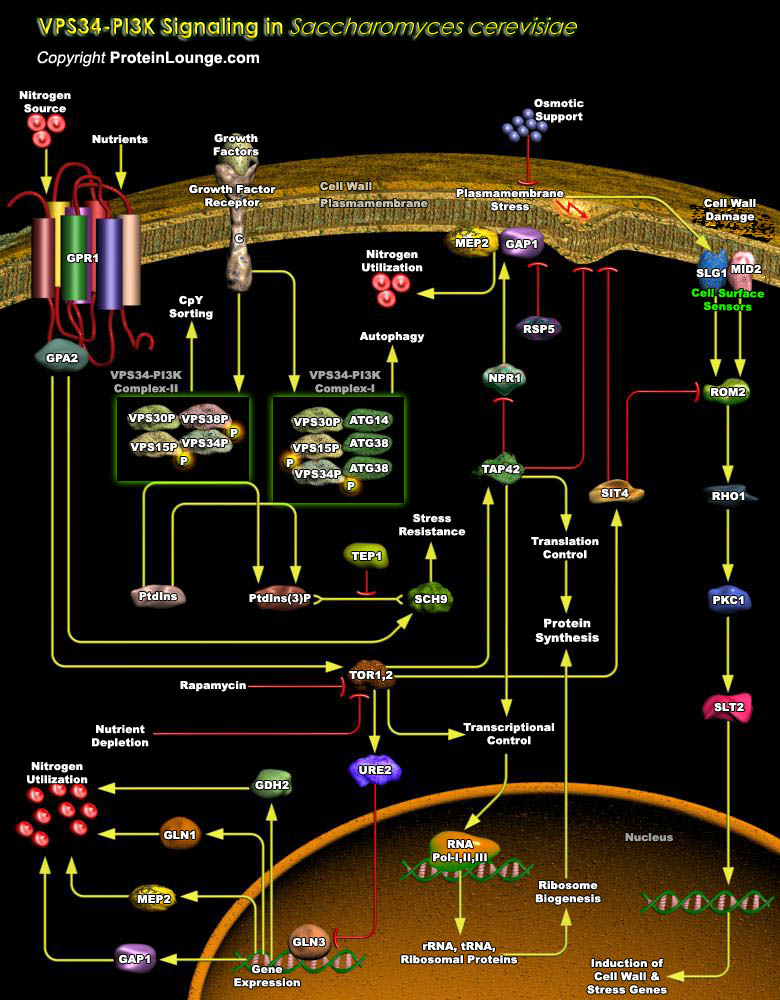
PI3Ks (Phosphoinositide-3 Kinases) are heterodimeric lipid kinases that are composed of a regulatory and catalytic subunit that are encoded by different genes. The phosphorylated lipid phosphatidylinositol 3-phosphate (PtdIns3P) is an important signaling molecule and has been found to localize to endosomes, multivesicular bodies, phagosomes, midbodies, peroxisomes and omegasomes. The generated PtdIns3P attracts PtdIns3P-binding factors, which either contain a PX (Phox homology) domain or a FYVE (Fab1p, YOTB, Vac1p and EEA1) domain. The subsequent signaling cascades are involved in endocytic transport and endocytic signaling, cytokinesis as well as autophagy. (Ref.1). Two distinct VPS34P (Vacuolar Protein-Sorting-34-PI3K (Phosphatidylinositde-3 Kinase)) complexes occur[..]

cAMP (Cyclic Adenosine 3',5'-monophosphate) is the first identified second messenger, which has a fundamental role in the cellular response to many extracellular stimuli. The cAMP signaling pathway controls a diverse range of cellular processes. Indeed, not only did cAMP provide the paradigm for the second messenger concept, but also provided the paradigm for signaling compartmentalization. The different receptors, chiefly the GPCRs (G-Protein Coupled Receptors), Alpha and Beta-ADRs (Adrenergic Receptors), Growth Factor receptors, CRHR (Corticotropin Releasing Hormone Receptor), GcgR (Glucagon Receptor), DCC (Deleted in Colorectal Carcinoma), etc are responsible for cAMP accumulation in cells that cause different physiological outcomes, and changes in cAMP[..]
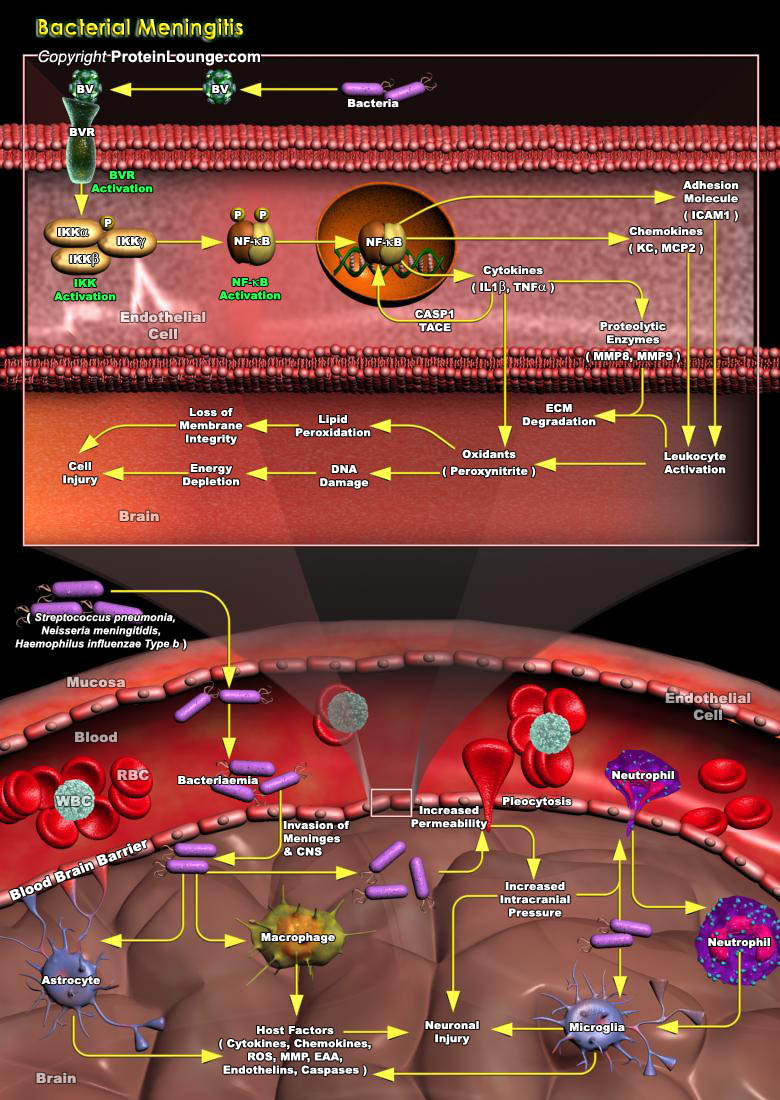
Bacterial meningitis is an inflammation of the meninges, in particular the arachnoid and the pia mater, associated with the invasion of bacteria into the subarachnoid space.The pathogens take advantage of the specific features of the immune system in the CNS, replicate and induce inflammation. A hallmark of bacterial meningitis is the recruitment of highly activated leukocytes into the CSF.The predominant causative pathogens in adults are Streptococcuspneumoniae, Neisseriameningitidis, and Listeria monocytogenes which are responsible for about 80% of all cases, while GBS(group B Streptococcus), S. pneumoniae, Escherichiacoli,N.meningitidis, and Haemophilusinfluenza type B cause about 90% of cases of BM in children globally.The mortality rate of neonatal meningitis was[..]
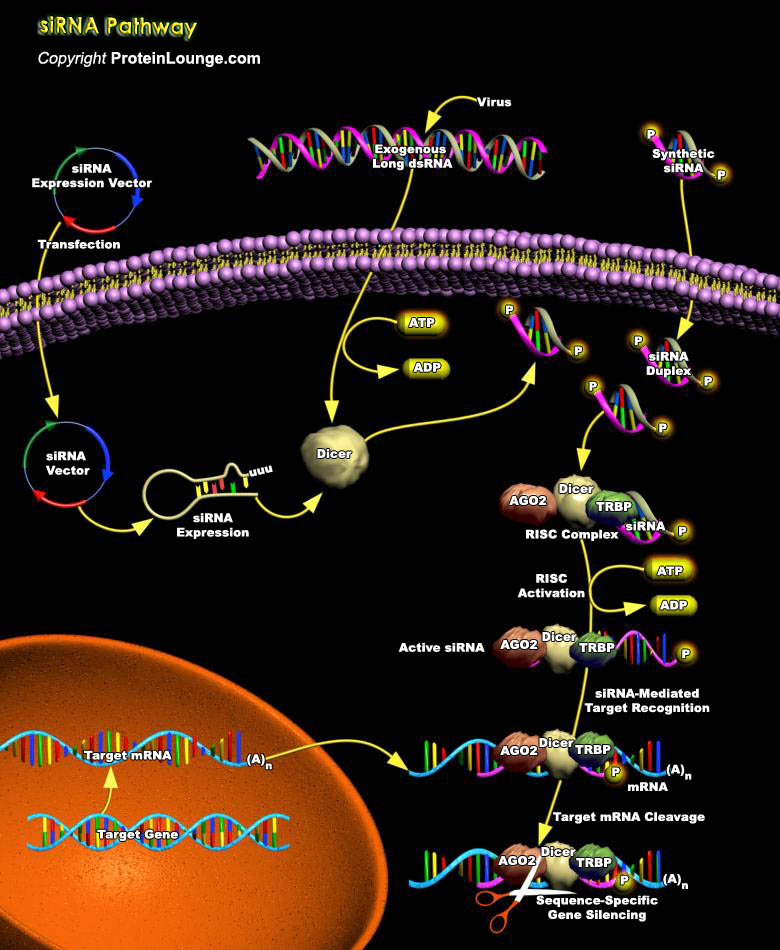
Small interfering RNAs (siRNAs) are 21–23nt dsRNA (double-stranded RNA) molecules that facilitate potent and sequence-specific gene suppression via the mechanism of RNAi (RNA interference). When introduced into cultured mammalian cells, siRNAs facilitate the degradation of mRNA sequences to which they are homologous, thereby silencing the encoding gene. The basic mechanism behind RNAi is the breaking of a dsRNA matching a specific gene sequence into short pieces of siRNA. These siRNAs with symmetric 2–3nt 3' overhangs and 5'-phosphate and 3'-hydroxyl groups post-transcriptionally silences a gene through mRNA inhibition or degradation. Interference of gene expression by siRNA is now recognized as a naturally occurring biological strategy for[..]
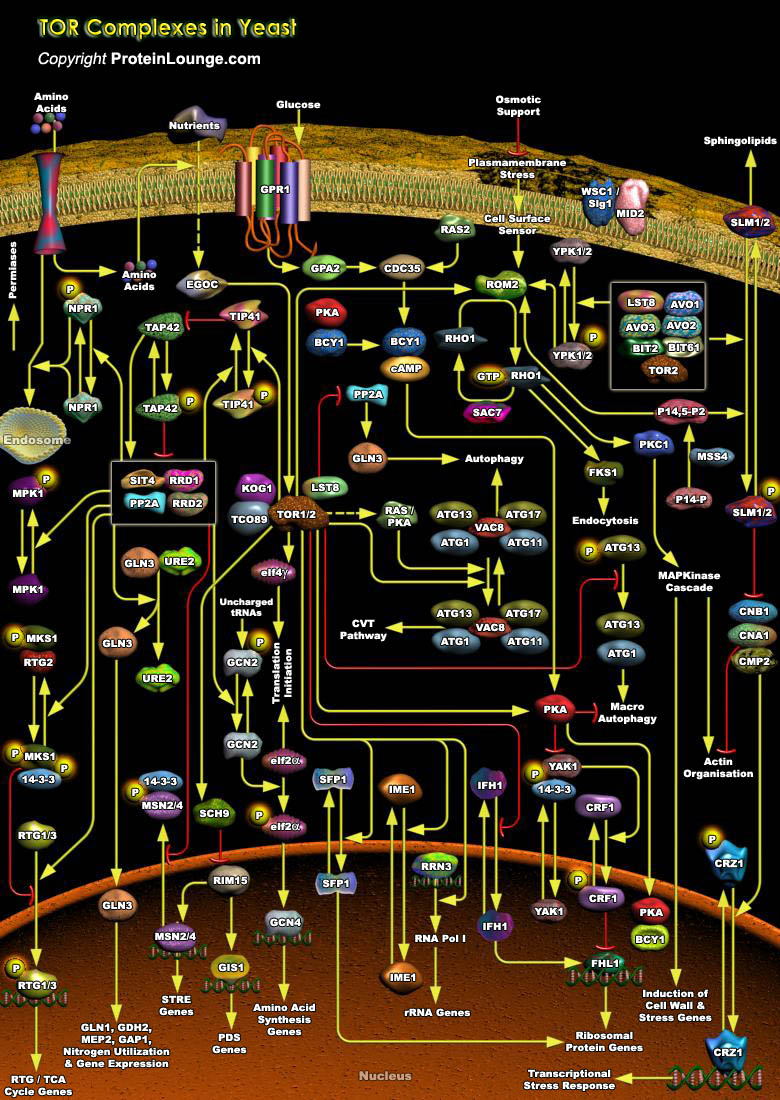
TOR (Target of Rapamycin) is a PIKK (Phosphatidylinositol Kinase-related protein Kinase) that controls cell growth and proliferation. In all eukaryotic cells expressing the protein, TOR function is controlled by nutrient availability, which ensures that protein synthesis is repressed when the supply of precursor amino acids is insufficient. In mammalian cells, one branch of this pathway controls general translational initiation, whereas a separate branch specifically regulates the translation of r-protein (ribosomal protein) mRNAs. In simple organisms, nutrient availability appears to be the major factor influencing TOR activity. In budding yeast, Saccharomyces cerevisiae the TOR pathway similarly regulates general translational initiation, but its specific role in the[..]
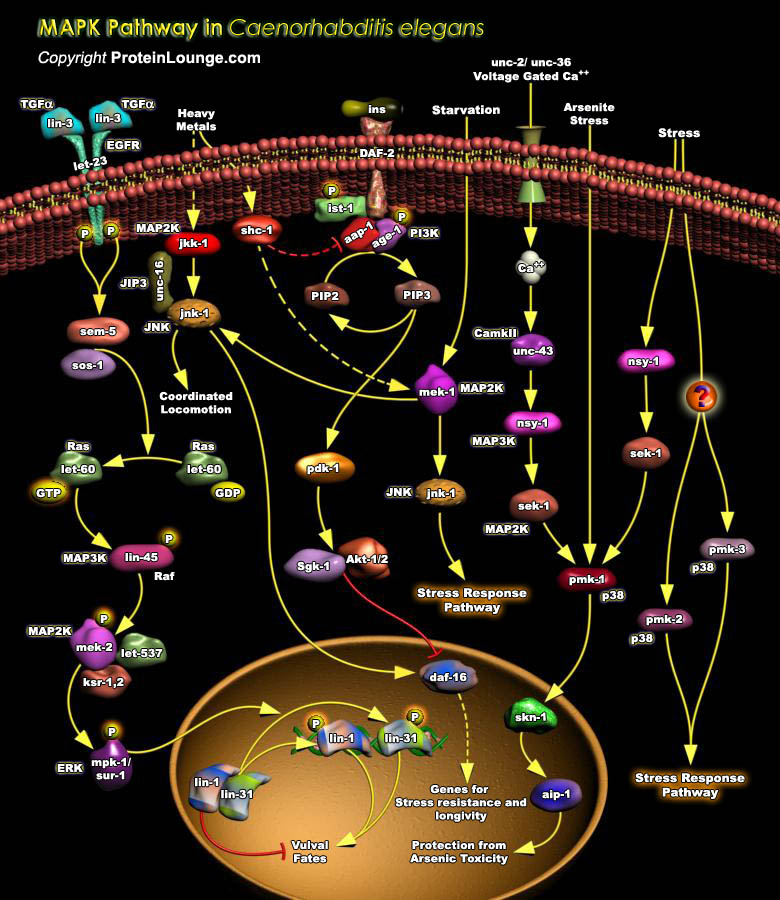
The MAPK (Mitogen-Activated Protein Kinase) pathways are highly conserved signaling cascades that convert extracellular signals into various outputs. Each pathway is composed of three classes of protein kinase: MAPK, MAPKK (MAPK Kinase) and MAPKKK (MAPK Kinase Kinase). MAPK is activated by phosphorylation of specific tyrosine and threonine residues by a family of dual-specificity protein kinase MAPKKs. MAPKK is in turn activated by phosphorylation of serine and serine/threonine residues by a family of upstream MAPKKKs. Each of these upstream components plays a role in multiple cell signaling processes. The ERKs (Extracellular-signal Regulated Kinases), SAPK/JNKs (Stress-Activated Protein Kinases/c-Jun N-terminal Kinases), and p38 are the three best characterized[..]

